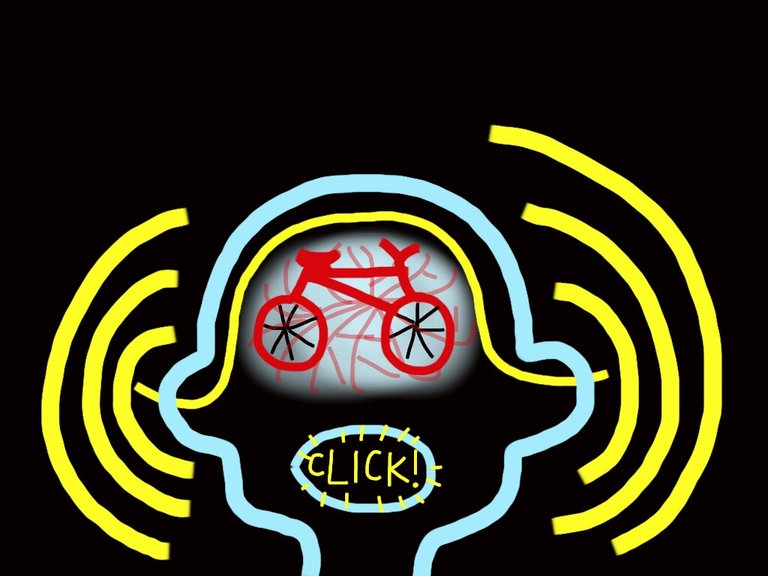The Ability of the Human Brain in Echolocation
Have you stayed with a person who seems to know everything going on around them even when they are physically challenged and when you ask them how they know, they tell you that they are blind, they aren't deaf or completely incapacitated. People who cannot see utilizes sounds a lot, and even when the sound is not there, they still listen to what they refer to as sound shadow. This begs the question, can humans use echolocation the way non-sighted people use it.
It isn't like echolocation isn't used by lots of animals because animals like whales, bats, and birds use them, and even dolphins do and these animals use active echolocation to detect their environment just like ship uses sonar. With this echolocation, the animals send a sound which sweeps through the environment and when it hits an object, it bounces back helping the animals to form a map in their brain.
It isn't just identifying that there is an object around, the time it takes for the sound to bounce back helps the animals to know the location of the object, the distance, and depending on the quality of the bounce back, animals can identify if the texture of the object which could be wool, wood, or fleshy animals. They can also identify the hardness of the object from the bounce back. With passive echolocation, the surrounding sounds are what are used to to identify objects around.
The human brain is plastic (neuroplasticity) where it almost rearranges itself, not physically but neurologically to complement for absent inabilities as well as reassigned to handle new tasks. Scientists have found that blind people are good with echolocation. Since they can't see, their brains had to find new ways to handle sensory information and echolocation is one way. The reason why a lot of humans do not echolocate is because we rely on our vision to identify things around us.
Humans use clicks to identify things around them in the case of active echolocation and with practice the clicks become faster. We use sound echolocators in a focused 60-degree cone of perception. Researchers have seen that human echolocators are able to identify objects in their front. When researchers prevented human echolocators from turning their head, they had difficulty understanding their surrounding and they were easily disorientated.
In 2011, scientists used fMRI (functional Magnetic Resonance Imaging) to compare the brain of two sets of people. One with normal vision and two blind echolocators with one born blind and the other lost sight as a teenager. In the two blind people, had the part of their brain which was active for sight functional during echolocation which showed that those parts of the brain can be reprogrammed to visualize the surrounding using sound instead of sight.
The study on human echolocator is still very limited and we are keep learning and understanding echolocation and how to use it well as humans but the fact that we can echolocate at first shows how adaptive our brain is.
Post Reference
https://www.jneurosci.org/content/37/6/1614
https://www.nature.com/articles/s41598-018-34074-7
https://link.springer.com/article/10.1007/s00221-014-3883-3
https://journals.plos.org/plosone/article?id=10.1371/journal.pone.0020162
https://www.researchgate.net/publication/233620227_Physical_Analysis
https://www.ncbi.nlm.nih.gov/pmc/articles/PMC3099177/
https://royalsocietypublishing.org/doi/10.1098/rspb.2017.2735
https://journals.plos.org/plosone/article?id=10.1371%2Fjournal.pone.0020162


Thanks for your contribution to the STEMsocial community. Feel free to join us on discord to get to know the rest of us!
Please consider delegating to the @stemsocial account (85% of the curation rewards are returned).
Thanks for including @stemsocial as a beneficiary, which gives you stronger support.
Congratulations @elity-sitio! You received a personal badge!
You can view your badges on your board and compare yourself to others in the Ranking
Check out our last posts: